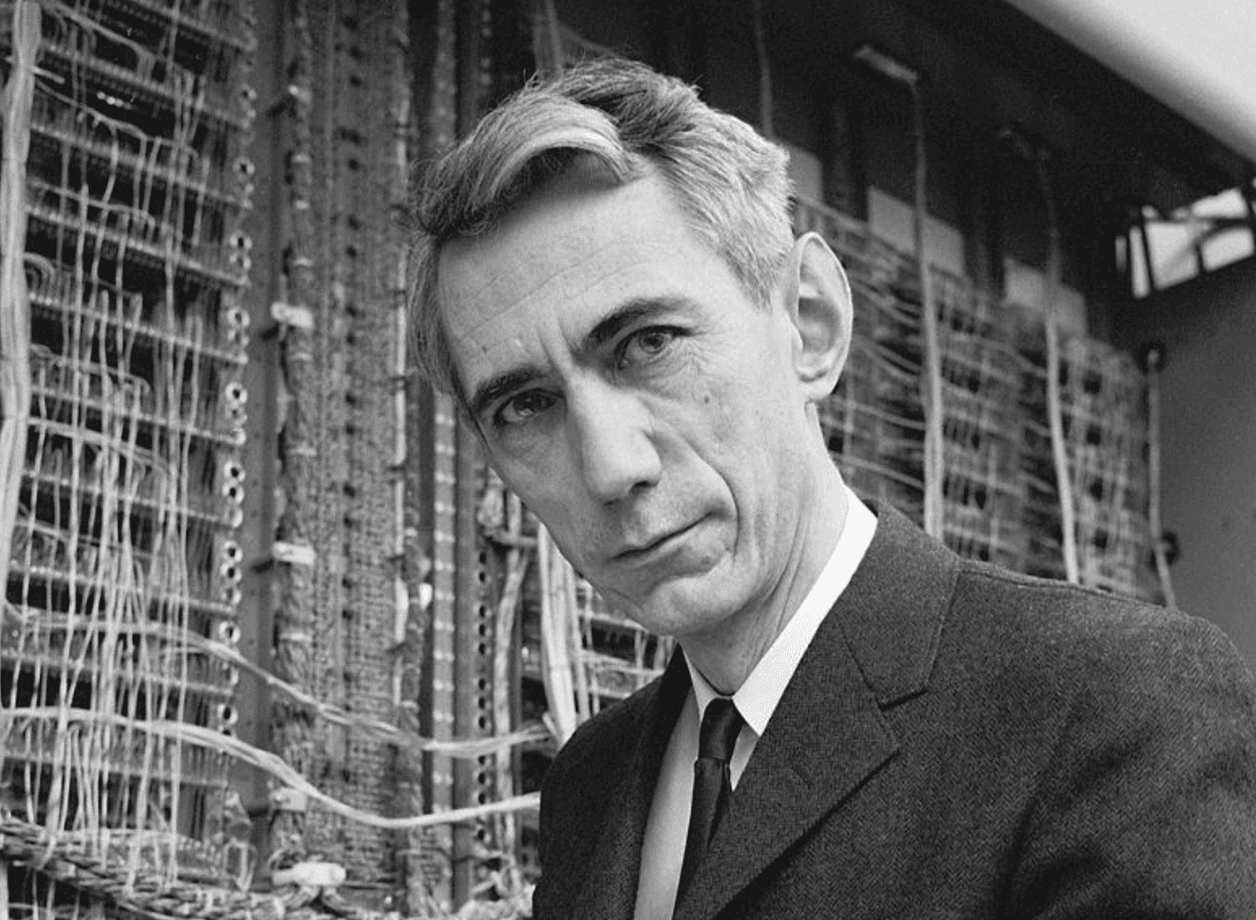
Vinton Cerf and Robert Kahn: The Invisible Architects of the Internet
They designed the TCP/IP protocol, which made global computer interconnection possible and ushered in the digital era. They laid the foundations for a connected world. This is the story of two brilliant minds who envisioned the Internet before most of us even knew we needed it.They didn’t invent the computer, nor did they lay the submarine cables. They didn’t design smartphones either. But without them, the digital world as we know it today simply would not exist. Vinton Cerf and Robert Kahn are the creators of the TCP/IP protocol, the backbone of the Internet. Thanks to this invention, computers around the world—of various brands, systems, and sizes—could begin to communicate, giving rise to the network of networks that would go on to revolutionise human history.
In the 1970s, while most people could scarcely imagine what it would mean to live in a connected world, Cerf and Kahn were already designing the rules that would enable millions—later billions—of devices to share information, regardless of their location or configuration. Their achievement was not merely technical; it was a bold vision of the future that reshaped global communication.
How did they come to devise such a revolutionary system? Who were they before becoming silent legends of technology? And what impact has their creation had—not only in their own time, but well into the 21st century? The story of Cerf and Kahn is, in essence, the story of the birth of the Internet.
Two Trajectories, One Destination
Robert Kahn was born in New York in 1938. He studied Electrical Engineering at City College and earned his doctorate at Princeton University. He immersed himself in the world of networks during his time at BBN Technologies, a pivotal firm in the development of ARPANET—the precursor to the Internet—funded by the United States Department of Defense. In the early 1970s, he joined the Advanced Research Projects Agency (DARPA), where he faced a crucial challenge: finding a way to interconnect networks with differing architectures without imposing a single, centralised system. From there, he would go on to lead a true technological revolution.
Vinton Cerf, meanwhile, was born in California in 1943. At an early age, he began to lose his hearing, which heightened his sensitivity to communication barriers and naturally drew him towards computing. He studied Mathematics at Stanford University and later earned his doctorate at UCLA, where he actively contributed to the ARPANET project—an experience that marked the beginning of his journey as a pioneer in network architecture.
The meeting between the two would prove decisive. In 1973, Kahn—then at DARPA—contacted Cerf, who was at the time a professor at Stanford, to invite him to collaborate on the development of a system that would allow communication across multiple networks in a transparent and decentralised manner. Cerf, with his expertise in protocol design, accepted the challenge. Together, they began work on what would become the TCP/IP protocol: a technical framework capable of linking computers across different networks, irrespective of their operating system, size, or physical location.
Their research was published in 1974, marking the dawn of a new era. TCP/IP did more than solve a technical issue—it paved the way for a global network of virtually unlimited scope. Unlike ARPANET, which operated as a closed and centralised network, Cerf and Kahn’s model embraced decentralisation, resilience, and scalability—principles that still underpin the Internet’s infrastructure today.
Beyond the Protocol: Impact and Legacy
On 1 January 1983, TCP/IP was officially adopted as the standard protocol for all US Department of Defense networks, prompting its widespread expansion. From that point onwards, universities, governments, and private enterprises began to embrace this new paradigm, giving rise to the open and global Internet we know today.
The work of Cerf and Kahn fundamentally transformed how humans communicate. They laid the groundwork for services such as email, the web, social media, and real-time data transmission. Their vision foresaw an interconnected world long before the advent of smartphones, cloud computing, or Wi-Fi.
Both have been widely recognised for their contributions. Among other honours, they received the Turing Award (2004), the Presidential Medal of Freedom (2005), and the Prince of Asturias Award for Technical and Scientific Research (2002). They have also been inducted into the Internet Hall of Fame and celebrated by the international scientific and technological communities.
The Relevance of Two Visionaries
Far from stepping back, Cerf and Kahn remain active in the digital ecosystem. Vinton Cerf currently serves as Chief Internet Evangelist at Google, where he promotes global policies for the development of an open and secure Internet. He also contributes to interplanetary communication projects, including the creation of protocols for space-based data transmission.
Robert Kahn, for his part, founded and continues to lead the Corporation for National Research Initiatives (CNRI), an organisation that advances research into digital information systems and intelligent networks. Both remain active participants in conferences, academic discourse, and debates surrounding the future of technology. Their commitment to the ethical and democratic development of the Internet is as enduring as their technical legacy.
An Invisible but Essential Work
Most people may not know their names, but they benefit from their invention every day. Thanks to Cerf and Kahn, the Internet evolved from an experimental concept into the backbone of modern digital society. Their contribution was not only a technical milestone—it was a profound act of imagination: envisioning a connected world and designing the rules to make it possible.
In an age of hyperconnectivity, misinformation, artificial intelligence, and immersive virtual environments, revisiting the origins of the Internet reminds us that, at its heart, it all began with a simple but powerful idea: communication without borders.




